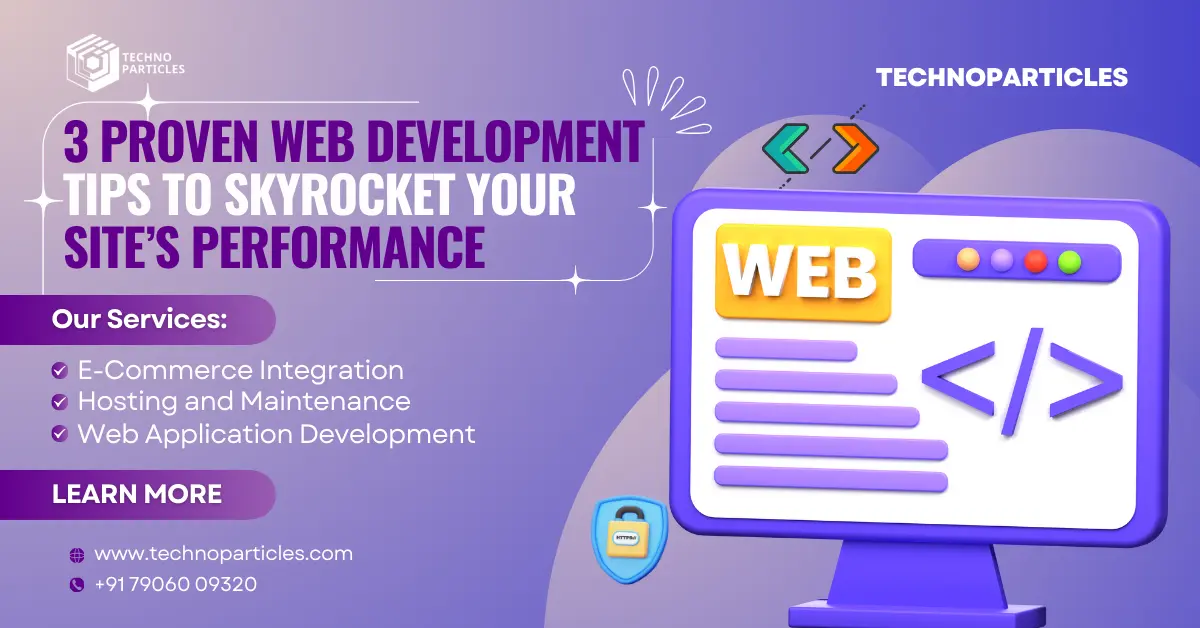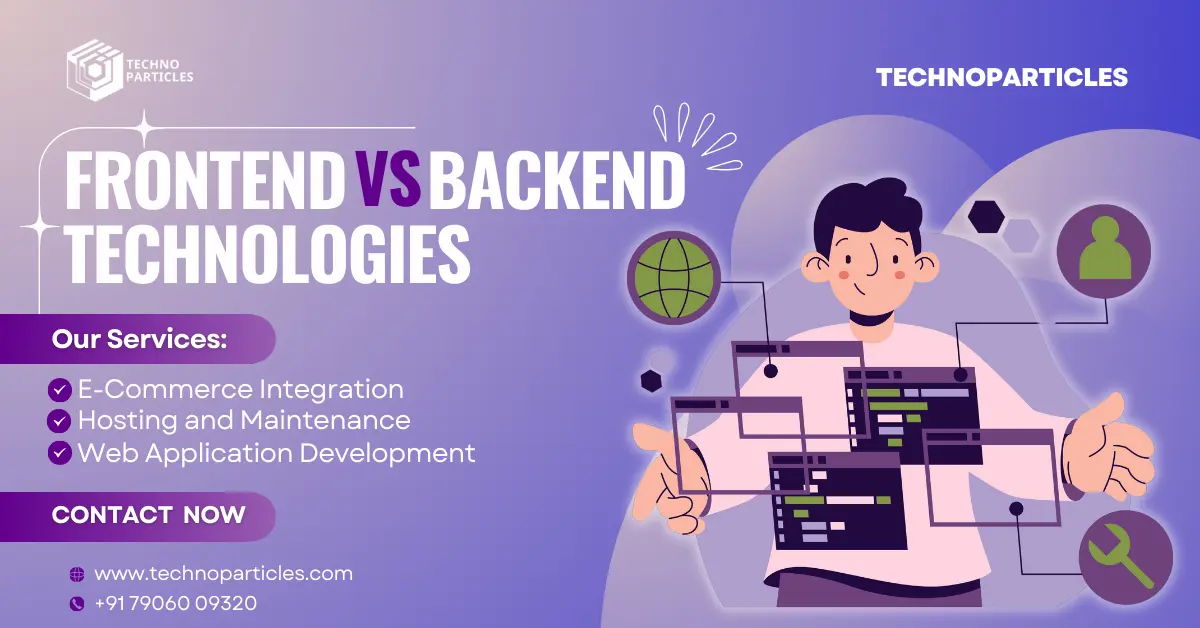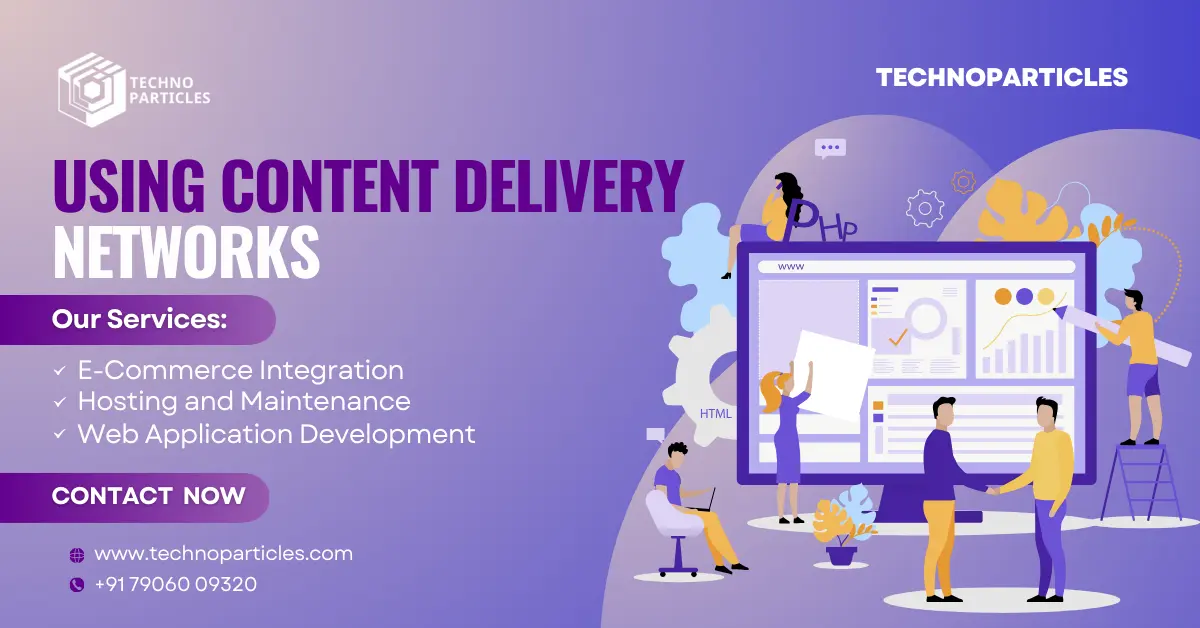Introduction
Imagine this: you land on a
website, and it takes forever to load. Frustrating, right? You hit the back button and move on to a competitor’s site. That’s exactly how your visitors feel if your website isn’t optimized for speed and performance.
In today’s digital world, website performance isn’t just a “nice-to-have” feature—it’s a necessity. A slow, clunky website can cost you potential customers, lower your SEO rankings, and hurt your brand’s credibility. The good news? You don’t need to be a coding wizard to make your site lightning-fast. With the right strategies, you can significantly enhance your website’s speed, usability, and overall experience. Let’s dive in!
Website performance directly impacts everything from user experience to search engine rankings. Here’s why it matters:
✅ First Impressions Count – Visitors judge your site within seconds. A slow website screams “unprofessional.”
✅ SEO Benefits – Google prioritizes fast-loading sites, meaning better rankings and more traffic.
✅ Higher Conversion Rates – Speed = trust. A fast website keeps users engaged, increasing chances of sales and sign-ups.
✅ Lower Bounce Rates – No one likes waiting. A slow website drives visitors away before they even explore your content.
Google’s Core Web Vitals update emphasizes three main factors:
✔️ Largest Contentful Paint (LCP): How quickly your main content loads.
✔️ First Input Delay (FID): How fast your site responds to user interactions.
✔️ Cumulative Layout Shift (CLS): How stable your page layout is while loading.
A well-optimized website ensures visitors stay longer, engage more, and convert better. Now, let’s see how to make it happen!
Choosing the Right Tech Stack
Your website’s foundation determines its performance. Here’s what you need to consider:
Selecting the Best Hosting Provider
Hosting is like your
website’s home. A bad host means slow speed and frequent downtime. Here’s what you should look for:
✅ Server Location: Choose a host with data centers close to your audience.
✅ Performance & Uptime: Go for 99.9% uptime and SSD storage for better speed.
✅ Scalability: Pick a provider that can handle traffic spikes smoothly.
Best Hosting Providers:
Bluehost (Best for beginners)
SiteGround (Great for speed & security)
Cloudways (Best for scalability & performance)
Frontend vs Backend Technologies
Your
website has two main parts:
Frontend (User-Facing Side): HTML, CSS, JavaScript, React, Vue.js
Backend (Server-Side Processing): Node.js, PHP, Python, Django
Choose lightweight, fast-loading technologies for a smoother user experience.
Content Management Systems (CMS) vs Custom Development
- CMS (WordPress, Shopify, Magento): Easier to manage, but can get bloated.
Custom Development: Faster & more flexible but requires technical expertise.
For most businesses, a well-optimized WordPress site with minimal plugins is a great choice
Optimizing Website Speed
Speed optimization isn’t optional—it’s mandatory. Here’s how to make your site blazing fast:
Minimizing HTTP Requests
Every element (images, scripts, stylesheets) adds an HTTP request, slowing your site. Reduce requests by:
✔️ Using CSS sprites to combine small images
✔️ Merging & minifying CSS & JavaScript files
✔️ Removing unnecessary fonts, icons, and scripts
Using Content Delivery Networks (CDN)
A CDN stores copies of your site’s content on multiple servers worldwide, ensuring faster loading times.
Popular CDNs:
Cloudflare (Free & powerful)
StackPath (Great for eCommerce)
Amazon CloudFront (Enterprise-level speed)
Image & Video Optimization Techniques
Unoptimized images are performance killers. Here’s what to do:
✅ Use WebP instead of PNG/JPG (Smaller & faster)
✅ Compress images using TinyPNG or ShortPixel
✅ Use lazy loading so images load only when needed
Implementing Lazy Loading
Lazy loading ensures images & videos load only when they appear on-screen, saving bandwidth and improving speed.
How to implement?
If using WordPress, install a plugin like Lazy Load by WP Rocket
For custom sites, use loading="lazy" in your
![]()
tags
Final Thoughts
Your website’s performance is a game-changer. A slow site means lost visitors, poor rankings, and lower conversions. But with the right strategies—choosing the best tech stack, optimizing speed, and reducing unnecessary elements—you can create a fast, user-friendly website that keeps visitors engaged and converts them into customers.
Now, it’s your turn! Start implementing these tips today and watch your website’s performance skyrocket!
Want more help? Drop your questions in the comments! 🚀







Leave a comment